|
Custom Cars
A custom car is a passenger vehicle that has been either substantially altered to improve its performance, often by altering or replacing the engine and transmission; made into a personal "styling" statement, using paint work and aftermarket accessories to make the car look unlike any car as delivered from the factory; or some combination of both. A desire among some automotive enthusiasts in the United States is to push "styling and performance a step beyond the showroom floor - to truly craft an automobile of one's own." A custom car in British according to ''Collins English Dictionary'' is built to the buyer's own specifications. Although the two are related, custom cars are distinct from hot rods. The extent of this difference has been the subject of debate among customizers and rodders for decades. Additionally, a street rod can be considered a custom. Custom cars are not to be confused with coachbuilt automobiles, historically rolling chassis fitted with luxury bodyw ... [...More Info...] [...Related Items...] OR: [Wikipedia] [Google] [Baidu] |
NHRA Museum
The National Hot Rod Association (NHRA) is a drag racing governing body, which sets rules in drag racing and hosts events all over the United States and Canada. With over 40,000 drivers in its rosters, the NHRA claims to be the largest motorsports sanctioning body in the world. The association was founded by Wally Parks in 1951 in California to provide a governing body to organize and promote the sport of drag racing. NHRA's first Nationals was held in 1955, in Great Bend, Kansas. The NHRA Camping World Drag Racing Series, the national event series which comprises 24 races each year, is the premier series in drag racing that brings together the best drag racers from across North America and the world. The NHRA U.S. Nationals are now held at Lucas Oil Raceway in Brownsburg, Indiana and are officially called the U.S. Nationals. Winners of national events are awarded a trophy statue in honor of founder Wally Parks. The trophy is commonly referred to by its nickname, “Wally”. ... [...More Info...] [...Related Items...] OR: [Wikipedia] [Google] [Baidu] |
Engine Swap
In car tuning culture, an engine swap is the process of removing a car's original engine and replacing it with another. This may be a like-for-like replacement, or to install a non-factory specification engine. Typically an engine swap is performed for performance, swapping-in a more powerful engine; however, an engine swap may also be performed for maintenance, where older engines may have a shortage of spare parts, and so a modern replacement may be more easily and cheaply maintained. Swapping the engine may have negative implications on the cars safety, performance, handling, and reliability. For example, the new engine's different weight balance over the axles and the overall weight of the car can adversely affect the vehicle dynamics. Existing brakes, transmission and suspension components may be inadequate to handle the increased weight and/or power of the new engine with either upgrades being required or premature wear and failure being likely. Insurance companies ma ... [...More Info...] [...Related Items...] OR: [Wikipedia] [Google] [Baidu] |
Ford Model A (1927-1931)
The Model A is the designation of two cars made by Ford Motor Company, one in 1903 and one beginning in 1927: * Ford Model A (1903–1904) * Ford Model A (1927–1931) The Ford Model A (also colloquially called the A-Model Ford or the A, and A-bone among hot rodders and customizers) was the Ford Motor Company's second market success, replacing the venerable Model T which had been produced for 18 years. It wa ... {{disambiguation Model A Rear-wheel-drive vehicles ... [...More Info...] [...Related Items...] OR: [Wikipedia] [Google] [Baidu] |
DeSoto (automobile)
DeSoto (sometimes De Soto) was an American automobile marque that was manufactured and marketed by the DeSoto division of Chrysler Corporation from 1928 to the 1961 model year. More than two million passenger cars and trucks bore the DeSoto brand in North American markets during its existence. History Predecessors In Auburn, Indiana, the de Soto Motor Car Company was created by L.M. Field, Hayes Fry and Glenn Fry of Iowa City, Iowa, and V.H. Van Sickle and H.J. Clark of Des Moines, Iowa in November 1912, and was a subsidiary of the Zimmerman Manufacturing Company of Auburn who had previously started in 1908 until 1915 at 440 North Indiana Avenue. The Zimmerman Manufacturing Company was founded in 1886 as a manufacturer of horse buggies in Auburn, Indiana. It entered automobile production in 1908 with a line of high wheel automobiles and 1912-1916 with light high wheel trucks, but switched to conventional cars and trucks around the time it was bought by the Auburn Automobi ... [...More Info...] [...Related Items...] OR: [Wikipedia] [Google] [Baidu] |
Ford Motor Company
Ford Motor Company (commonly known as Ford) is an American multinational automobile manufacturer headquartered in Dearborn, Michigan, United States. It was founded by Henry Ford and incorporated on June 16, 1903. The company sells automobiles and commercial vehicles under the Ford brand, and luxury cars under its Lincoln luxury brand. Ford also owns Brazilian SUV manufacturer Troller, an 8% stake in Aston Martin of the United Kingdom and a 32% stake in China's Jiangling Motors. It also has joint ventures in China (Changan Ford), Taiwan (Ford Lio Ho), Thailand ( AutoAlliance Thailand), and Turkey ( Ford Otosan). The company is listed on the New York Stock Exchange and is controlled by the Ford family; they have minority ownership but the majority of the voting power. Ford introduced methods for large-scale manufacturing of cars and large-scale management of an industrial workforce using elaborately engineered manufacturing sequences typified by moving assembly lines; by ... [...More Info...] [...Related Items...] OR: [Wikipedia] [Google] [Baidu] |
Buick
Buick () is a division of the American automobile manufacturer General Motors (GM). Started by automotive pioneer David Dunbar Buick in 1899, it was among the first American marques of automobiles, and was the company that established General Motors in 1908. Before the establishment of General Motors, GM founder William C. Durant had served as Buick's general manager and major investor. In the North American market, Buick is a premium automobile brand, selling luxury vehicles positioned above GM's mainstream brands, while priced below the flagship luxury Cadillac division. Buick's current target demographic according to ''The Detroit News'' is "a successful executive with family." After securing its market position in the late 1930s, when junior companion brand Marquette and Cadillac junior brand LaSalle were discontinued, Buick was positioned as an upscale luxury car below the Cadillac. During this same time period, many manufacturers were introducing V8 engines in their ... [...More Info...] [...Related Items...] OR: [Wikipedia] [Google] [Baidu] |
Jaguar (car)
Jaguar (, ) is the luxury vehicle brand of Jaguar Land Rover, a British multinational car manufacturer with its headquarters in Whitley, Coventry, England. Jaguar Cars was the company that was responsible for the production of Jaguar cars until its operations were fully merged with those of Land Rover to form Jaguar Land Rover on 1 January 2013. Jaguar's business was founded as the Swallow Sidecar Company in 1922, originally making motorcycle sidecars before developing bodies for passenger cars. Under the ownership of S. S. Cars Limited, the business extended to complete cars made in association with Standard Motor Co, many bearing ''Jaguar'' as a model name. The company's name was changed from S. S. Cars to Jaguar Cars in 1945. A merger with the British Motor Corporation followed in 1966, the resulting enlarged company now being renamed as British Motor Holdings (BMH), which in 1968 merged with Leyland Motor Corporation and became British Leyland, itself to be nationalise ... [...More Info...] [...Related Items...] OR: [Wikipedia] [Google] [Baidu] |
Supercharging
In an internal combustion engine, a supercharger compresses the intake gas, forcing more air into the engine in order to produce more power for a given displacement. The current categorisation is that a supercharger is a form of forced induction that is mechanically powered (usually by a belt from the engine's crankshaft), as opposed to a turbocharger, which is powered by the kinetic energy of the exhaust gasses. However, up until the mid-20th century, a turbocharger was called a "turbosupercharger" and was considered a type of supercharger. The first supercharged engine was built in 1878, with usage in aircraft engines beginning in the 1910s and usage in car engines beginning in the 1920s. In piston engines used by aircraft, supercharging was often used to compensate for the lower air density at high altitudes. Supercharging is less commonly used in the 21st century, as manufacturers have shifted to turbochargers to reduce fuel consumption and/or increase power outputs. Des ... [...More Info...] [...Related Items...] OR: [Wikipedia] [Google] [Baidu] |
Kurtis Kraft
Kurtis Kraft was an American designer and builder of race cars. The company built midget cars, quartermidgets, sports cars, sprint cars, Bonneville cars, and USAC Championship cars. It was founded by Frank Kurtis when he built his own midget car chassis in the late 1930s.Biography at the Kurtis built some very low fiberglass bodied two-seaters sports cars under his own name in between 1949 and 1955. |
Sprint Car
Sprint cars are high-powered open-wheel race cars, designed primarily for the purpose of running on short oval or circular dirt or paved tracks. Sprint car racing is popular primarily in the United States and Canada, as well as in Australia, New Zealand, and South Africa. Sprint cars have very high power-to-weight ratios, with weights of approximately (including the driver) and power outputs of over , which give them a power-to-weight ratio besting that of contemporary F1 cars. Typically, they are powered by a naturally aspirated, methanol-injected overhead valve American V8 engine with a displacement of 410 cubic inches (6.7L) and capable of engine speeds of 9000 rpm. Depending on the mechanical setup (engine, gearing, shocks, etc.) and the track layout, these cars can achieve speeds in excess of . A lower-budget and very popular class of sprint cars uses 360-cubic-inch (5.9L) engines that produce up to 775 horsepower. Sprint cars do not utilize a transmission but have an in ... [...More Info...] [...Related Items...] OR: [Wikipedia] [Google] [Baidu] |
Offenhauser
The Offenhauser Racing Engine, or Offy, is a racing engine design that dominated American open wheel racing for more than 50 years and is still popular among vintage sprint and midget car racers. History The Offenhauser engine, familiarly known as the "Offy", was an overhead cam monoblock 4-stroke internal combustion engine developed by Fred Offenhauser and Harry Arminius Miller. Originally, it was sold as a marine engine. In 1930 a four-cylinder Miller engine installed in a race car set a new international land speed record of . Miller developed this engine into a twin overhead cam, four-cylinder, four-valve-per-cylinder racing engine. Variations of this design were used in midgets and sprints into the 1960s, with a choice of carburetion or Hilborn fuel injection. When both Miller and the company to whom he had sold much of the equipment and rights went bankrupt in 1933, Offenhauser opened a shop a block away and bought rights to engines, special tooling and drawings ... [...More Info...] [...Related Items...] OR: [Wikipedia] [Google] [Baidu] |
Ignition Magneto
An ignition magneto, or high-tension magneto, is a magneto that provides current for the ignition system of a spark-ignition engine, such as a petrol engine. It produces pulses of high voltage for the spark plugs. The older term ''tension'' means ''voltage''. The use of ignition magnetos is now confined mainly to engines where there is no other available electrical supply, for example in lawnmowers and chainsaws. It is also widely used in aviation piston engines even though an electrical supply is usually available. In this case, the magneto's self-powered operation is considered to offer increased reliability; in theory, the magneto should continue operation as long as the engine is turning. History Firing the gap of a spark plug, particularly in the combustion chamber of a high-compression engine, requires a greater voltage (or ''higher tension'') than can be achieved by a simple magneto. The ''high-tension magneto'' combines an alternating current magneto generator a ... [...More Info...] [...Related Items...] OR: [Wikipedia] [Google] [Baidu] |

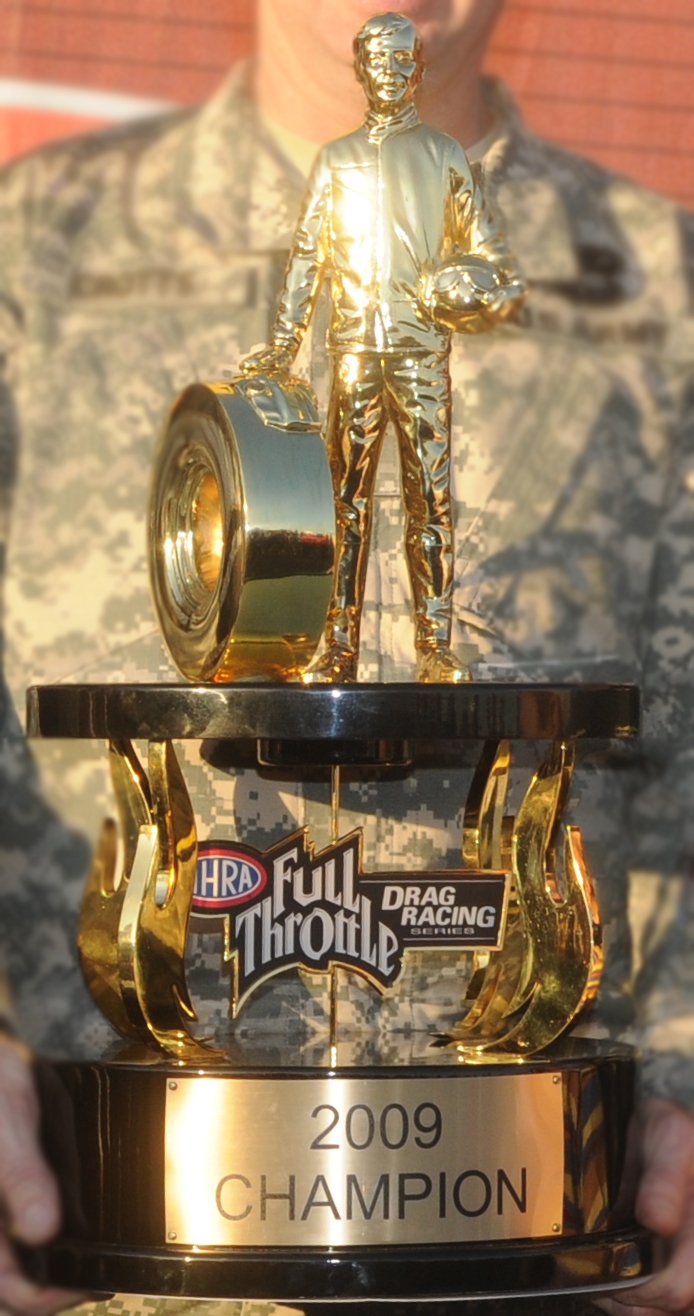
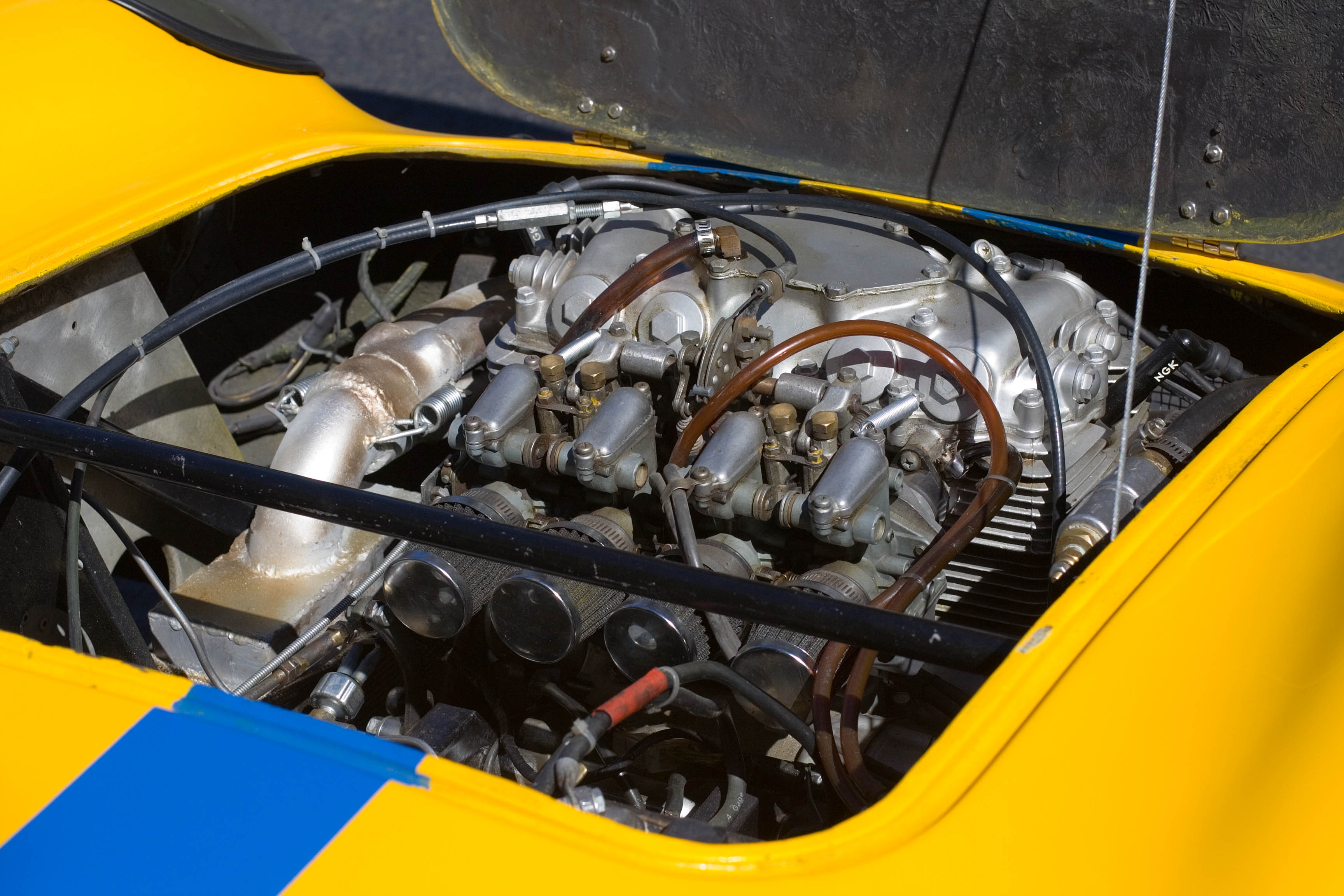
.jpg)
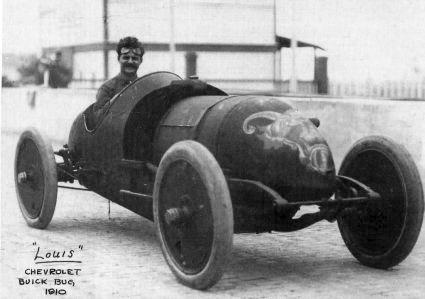
.jpg)

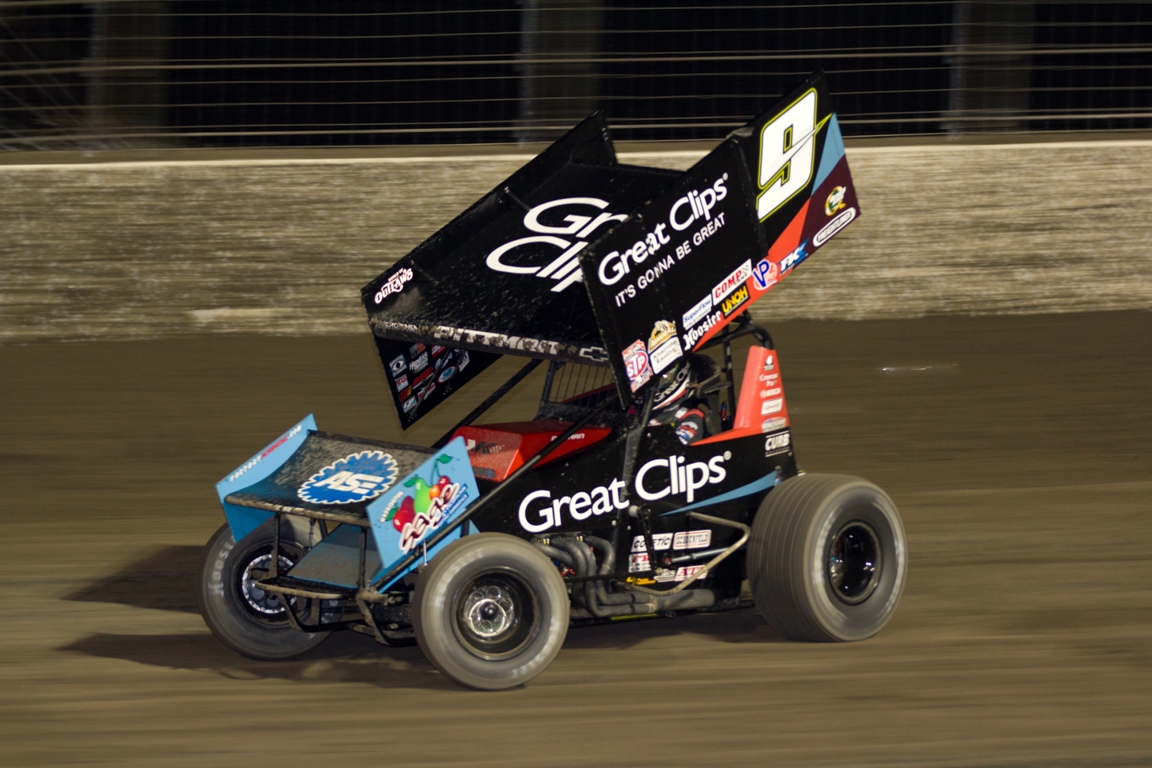
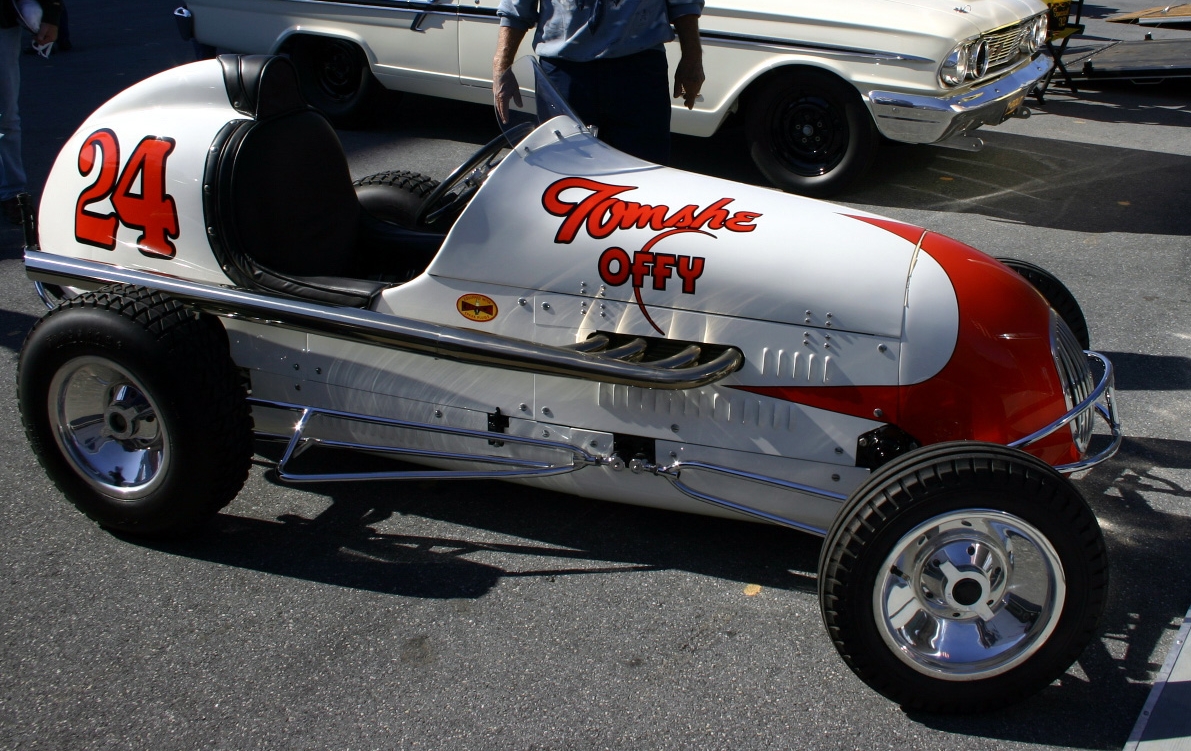
.jpg)